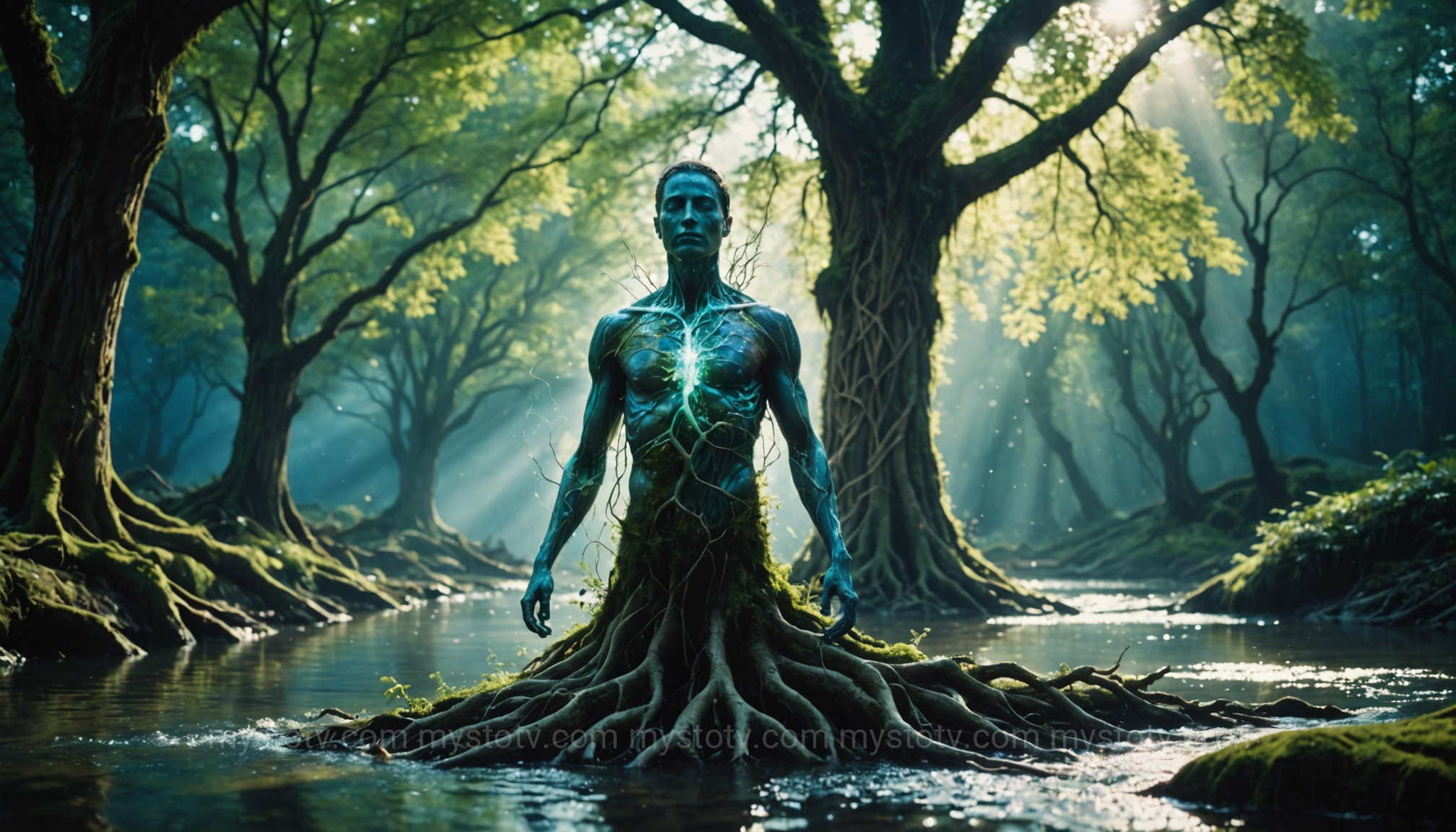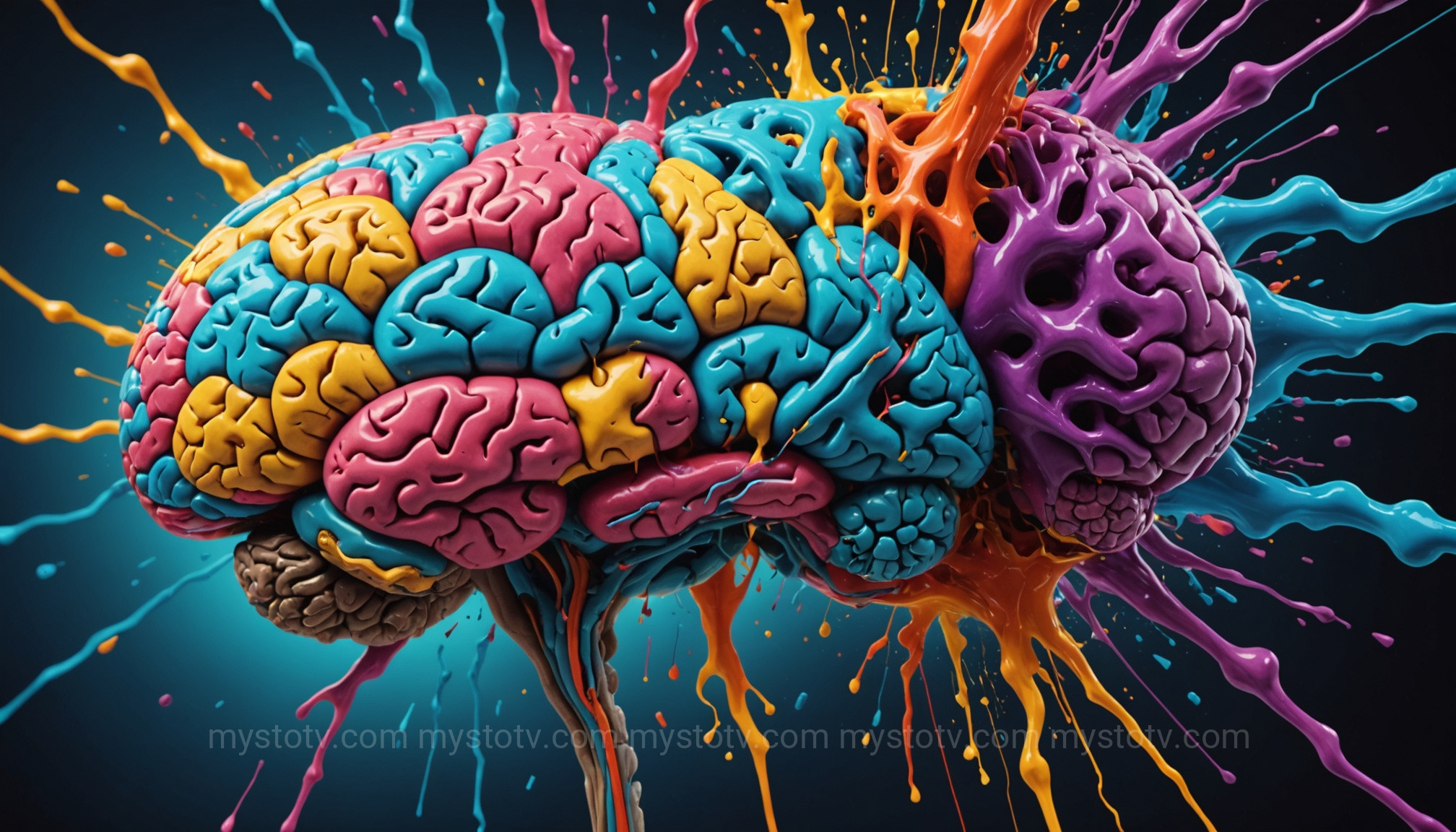Contents
What Truly Defines Mystical Experiences?

While each event is unique to the individual, researchers and philosophers have identified core characteristics that help us categorize and understand mystical experiences. They are not simply strong emotions or vivid dreams; they possess distinct qualities that set them apart from everyday reality. The philosopher William James, in his seminal work The Varieties of Religious Experience, outlined four key markers that remain a cornerstone for analysis today.
Key Characteristics of Authentic Mystical Experiences
To differentiate genuine mystical experiences from other states of consciousness, we can look for these common threads:
- Ineffability: The experience defies words. Those who have them often state that language is inadequate to describe what transpired. It's a feeling or a state of being that must be directly experienced to be understood.
- Noetic Quality: The individual gains a profound sense of insight or knowledge. These are not just feelings; they are revelations. The person comes away with a deep certainty about the nature of reality, existence, or the self, feeling they have learned something fundamental and true. This is a core part of what makes these mystical experiences so transformative.
- Transiency: Mystical states are not sustained indefinitely. They may last for a few moments or several hours, but they eventually fade. However, their impact and the memory of the insight gained often persist for a lifetime.
- Passivity: The experience often feels as if it is happening to the person, rather than being initiated by them. They may feel their own will is in abeyance, and they are being grasped or held by a superior power.
Analysis: These characteristics provide a crucial framework for separating subjective emotional highs from the profound shifts in perception that define mystical experiences. The noetic quality, in particular, is what lends these events their authority and power. It's the difference between feeling good and feeling like you've touched ultimate truth. This framework allows for a more structured study, moving the topic from pure anecdote to a phenomenon with observable, albeit subjective, patterns.
Common Types of Mystical Experiences Explored
While the overarching characteristics are similar, mystical experiences manifest in several common forms. Each type offers a different "flavor" of transcendent reality, from the dissolution of the self to overwhelming feelings of divine love. Understanding these variations helps us appreciate the vast spectrum of human spiritual potential.
The Unitive Experience (Ego Death) and its Connection to Mystical Experiences

Perhaps the most profound and widely reported type of mystical experience is the unitive state, often referred to as "ego death." In this state, the sense of being a separate, individual self completely dissolves. The boundaries between "me" and "the universe" disappear, leading to a feeling of oneness with everything: nature, humanity, and the cosmos itself. This is not just a conceptual understanding; it's a visceral, lived reality. The feeling of isolation that defines much of the human condition is temporarily obliterated, replaced by an all-encompassing unity. Many spiritual traditions, from Buddhism (Nirvana) to Sufism (Fana), consider this the ultimate goal of spiritual practice.
Ecstatic and Emotional Mystical Experiences
This category involves overwhelming emotional states, typically of bliss, unconditional love, reverence, or profound peace. Unlike the unitive experience, the sense of self might remain intact, but it is bathed in an intensely positive and sacred emotion. Christian mystics like St. Teresa of Ávila described ecstatic raptures of divine love, while poets like Rumi wrote of an intoxicating, loving union with the divine. These mystical experiences are less about a loss of self and more about an intense, loving relationship with a perceived divine presence or the fabric of reality itself.
Noetic and Revelatory Mystical Experiences
Here, the primary feature is the sudden, overwhelming flood of insight or knowledge—the "noetic quality" in its purest form. This can manifest as a complex idea understood in an instant, a solution to a long-pondered problem appearing fully formed, or a deep understanding of philosophical or cosmological truths. Scientists have reported such moments of insight leading to breakthroughs, while prophets and visionaries have described receiving entire systems of thought or divine commandments. These mystical experiences are characterized by their content; the knowledge gained is the central event.
Analysis: The diversity of these types suggests that mystical experiences are not a monolithic phenomenon. They are filtered through the individual's cultural, psychological, and religious background. A person from a monotheistic tradition might interpret a unitive experience as "becoming one with God," while a secular individual might describe it as "understanding the interconnectedness of the quantum field." The underlying experience—the dissolution of boundaries—may be the same, but the interpretive lens shapes the final description. We can better understand these by exploring the various ways these events are interpreted.
Interpreting Mystical Experiences: From Divine to Psychological
The interpretation of mystical experiences is as varied as the experiences themselves. Once the transcendent state fades, the human mind rushes to make sense of what happened, fitting the ineffable into a coherent narrative. These interpretations generally fall into three broad categories: the spiritual, the psychological, and the neurological.
The Religious and Spiritual Interpretation of Mystical Experiences
For millennia, the default interpretation of mystical experiences has been religious. Within these frameworks, the experience is seen as a genuine encounter with a divine reality: God, Brahman, the Tao, or the ultimate ground of being. The experience is taken as direct proof of the spiritual worldview. It confirms faith, provides divine guidance, and validates sacred texts. From this perspective, the mystic is a traveler who has briefly glimpsed the true, sacred nature of reality that lies beyond the veil of ordinary perception.
The Psychological Perspective on Mystical Experiences

Psychology offers a different lens, viewing mystical experiences as profound states of the human mind rather than encounters with an external divine entity. Carl Jung saw them as a connection with the "collective unconscious," a reservoir of shared human archetypes and wisdom. Humanistic psychologist Abraham Maslow coined the term "peak experiences," describing them as moments of optimal human functioning and self-actualization. This view doesn't necessarily invalidate the experience's significance; it simply relocates the source from the external divine to the internal psyche. It frames these powerful mystical experiences as a natural, albeit rare, human potential.
The Neurological Framework for Mystical Experiences
Neuroscience, or neurotheology, seeks to understand the biological correlates of mystical experiences. Using tools like fMRI and EEG, scientists can observe what happens in the brain during meditation, prayer, or chemically induced mystical states. Studies have shown that these experiences often correlate with decreased activity in the parietal lobe, the part of the brain responsible for our sense of orientation in space and time and the distinction between self and other. When this area goes "offline," the brain may lose its ability to perceive boundaries, potentially leading to the unitive state. Increased activity in the temporal lobes has also been linked to feelings of a sensed presence or deep significance.
Analysis: These interpretive models are not mutually exclusive. A neurological explanation of how the brain creates a sense of oneness does not inherently disprove a spiritual belief in why it happens. For many, these perspectives can coexist. One can believe that a divine reality exists and that the brain is the biological instrument perfectly designed to perceive it. The psychological view empowers individuals by suggesting this potential lies within everyone, while the neurological view demystifies the process, making it an object of scientific inquiry. The tension and interplay between these interpretations define the modern conversation about mystical experiences.
The Lasting Impact and Integration of Mystical Experiences
Regardless of interpretation, one thing is clear: genuine mystical experiences are profoundly transformative. People who have them often report long-term positive changes, including a decreased fear of death, an increased sense of purpose, greater compassion for others, and a deeper connection to nature and humanity. The event can shatter old belief systems and reorient a person's entire life.
However, integration is key. A powerful, unassimilated experience can be disorienting or even frightening. The process of making sense of the event and incorporating its insights into daily life is crucial. This often involves journaling, therapy, joining a spiritual community, or adopting practices like meditation that can help ground the experience. The true value of mystical experiences lies not just in the transcendent moment itself, but in how its wisdom is woven into the fabric of an improved, more meaningful life.
Conclusion: The Enduring Mystery of Mystical Experiences
From the ego-dissolving oneness of the unitive state to the revelatory flash of noetic insight, mystical experiences represent a fascinating and vital dimension of human life. While we can categorize their common forms and analyze them through spiritual, psychological, and neurological lenses, a core of ineffable mystery remains. They challenge our mundane assumptions about reality and hint at a consciousness far grander than our everyday awareness. Whether seen as a glimpse of the divine, a peak of psychological health, or a unique pattern of neural firing, the study of mystical experiences continues to push the boundaries of our understanding, inviting us to explore the profound depths of the human spirit.